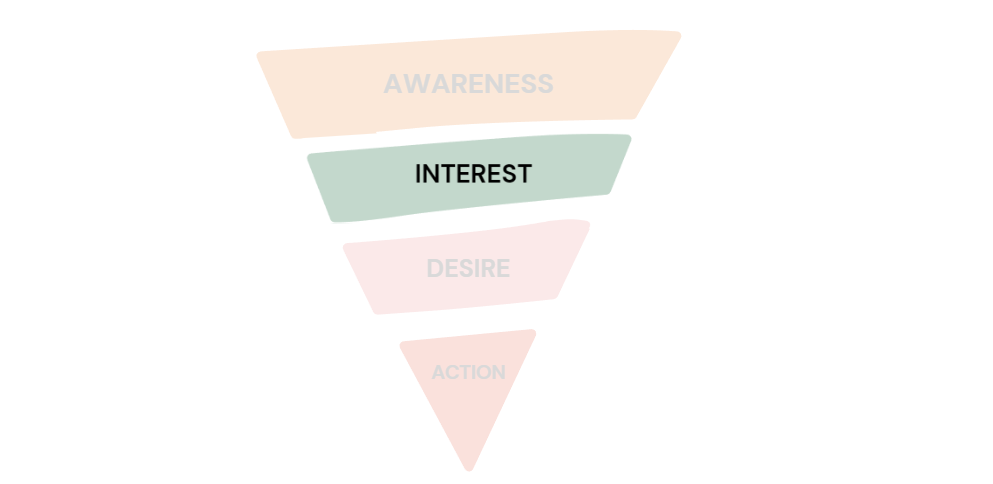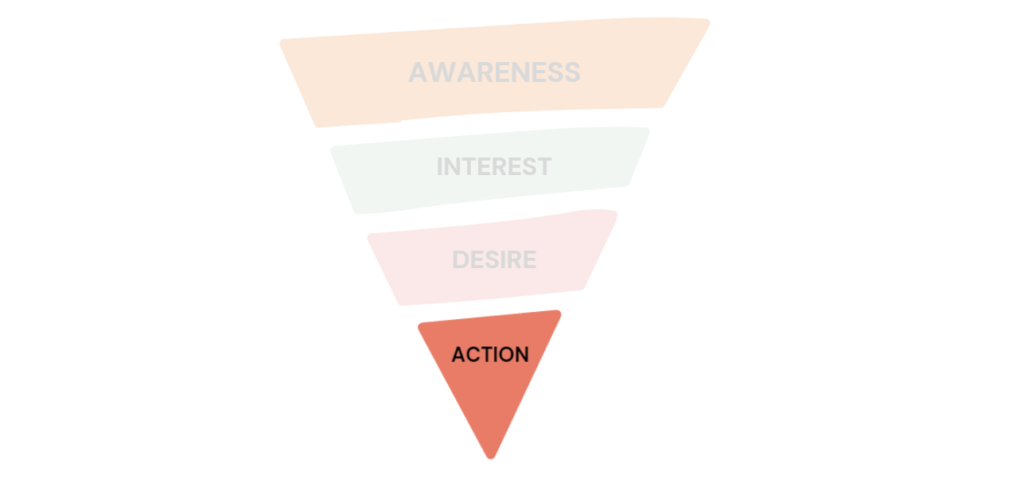Conversion Funnel Analysis is a critical process for businesses seeking to maximise their online presence and increase profitability. The conversion funnel represents the journey a user takes from initially discovering a product or service to making a purchase or completing a desired action, such as signing up for a newsletter or requesting more information. By carefully analysing each stage of the funnel and implementing optimisation techniques, businesses can enhance user experiences and drive higher conversion rates, ultimately boosting their bottom line. In this comprehensive guide, we will explore various techniques for optimising every stage of the conversion funnel, with real-world examples to illustrate their effectiveness.
1. Awareness Stage Optimisation

The top of the conversion funnel is the awareness stage, where potential customers become aware of your brand or product. To optimise this stage:
- Content Marketing: Create high-quality blog posts, videos, and social media content to attract and engage your target audience. For example, a fitness brand could create informative blog posts about healthy living and workout routines to draw in fitness enthusiasts.
- Paid Advertising: Utilise targeted pay-per-click (PPC) advertising campaigns to reach a broader audience. For instance, a tech startup might use Google Ads to display their innovative products to tech-savvy users.
2. Interest Stage Optimisation

Once users are aware of your brand, the goal is to generate interest and keep them engaged. Techniques for this stage include:
- Email Marketing: Send personalised email campaigns with relevant content and offers. For instance, an e-commerce store can send exclusive discount codes to subscribers who have shown interest in specific products.
- Remarketing: Use retargeting ads to remind users about your products or services after they have visited your website. A travel agency can display ads showcasing vacation packages to users who previously browsed their website.
3. Desire Stage Optimisation

In the desire stage, users are considering your product or service. To optimise this stage:
- Product Reviews and Testimonials: Showcase positive reviews and testimonials from satisfied customers on your website.
- Clear Product Information: Provide comprehensive product details, including specifications, pricing, and benefits to help users make informed decisions.
4. Action Stage Optimisation

The action stage is where users take the desired action, such as making a purchase. Techniques for optimisation include:
- Streamlined Checkout Process: Simplify the checkout process, reducing friction and cart abandonment rates. You can offer guest checkout and multiple payment options.
- Trust Signals: Display trust badges, secure payment icons, and guarantees to instill confidence in users.
Conversion Funnel Analysis is a vital aspect of online business success. By employing the techniques discussed for each stage of the conversion funnel, businesses can improve user experiences, boost conversion rates, and ultimately increase revenue. Remember, optimisation is an ongoing process, and regularly analysing user behavior and feedback is key to staying ahead in the competitive digital landscape. With the right strategies and a commitment to continuous improvement, businesses can thrive and grow in the online marketplace.


